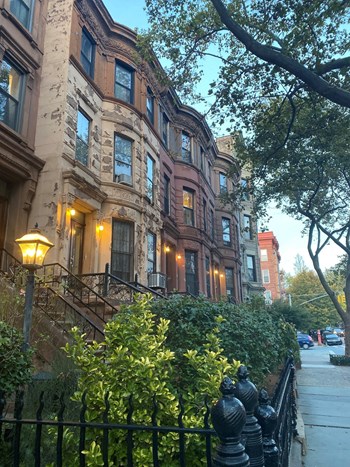
Living in a dense urban or suburban multifamily setting often means living without easy access to nature. Many residents in these housing environments crave some sort of outdoor space—if not a private one like a balcony or deck adjoining their unit, then a well-landscaped common area. While the appeal of such spaces is undeniable, it’s often difficult for housing associations and corporations to select, design, and maintain an area that may not be optimally suited for the purpose thanks to everything from space constraints to soil conditions to lack of sunlight. Making the most out of a challenging landscape space therefore requires creativity, flexibility, and some expertise.
Plant It Right
“When creating a planting plan for small spaces with limited light, high winds, or other challenges,” says Nicholas Carnovale, an Account Manager with BrightView Landscape Services, with locations throughout the U.S., “picking the right plant for the area is paramount. Make sure the water in containers or beds can readily drain, as most plants will not thrive in wet soils. Also look at self-watering containers that need less care and have no holes in the container to create a mess or wetness on surrounding hard surfaces.”
He continues, “The key to planning for a successful landscape is researching and matching the plant material to your growing conditions. When it comes to selecting plant material, resist the urge to visit a nursery center and buy plants that may look beautiful, yet may be incorrect for your growing conditions. You will be disappointed. Choose plants that will thrive in the light, wind, and soil conditions you actually have. Pay attention to improving the soil by incorporating compost. Once planted, monitor and apply only the needed amount of water to get the most out of your plants and design.”
Keep the Dirt Clean
According to certified landscape designer Maria von Brincken of Sudbury, Massachusetts, if a resident of a homeowners association—a complex of attached townhouses where each unit has a little plot in front, for example—wants to undertake a project to install planters or some shrubs on their plot, the first step is to review the association’s governing documents and check with the board and/or property manager to make sure the proposed landscaping plan comports with the procedural and aesthetic parameters of the association.
After that, in order to really maximize the space while staying within the rules and regs, it’s usually best to work with a professional.
“Everybody has a wish list,” says von Brincken, “but a professional experienced with HOAs will be able to work within the parameters of the association’s rules. Even if the space is not large, there are ways to create private areas for different functions—for dining, for relaxing, or a place for the grandchildren to play.” She notes that a patch of lawn or a small patio can be turned into an inviting, intimate environment through the use of attractive containers, furniture, and paving materials.
New Jersey attorney Anne Ward of law firm Ehrlich, Petriello, Gudin, Plaza & Reed in Newark, New Jersey, reinforces the importance of reviewing your governing docs before shoveling any dirt. “All unit owners are subject to the rules and regulations governing the condominium property, and they are assumed to have knowledge of those rules,” she says. These may include limits on the height, color, or number of plantings in public-facing areas of units, or restrictions on making any structural changes to limited common elements at all.
Additionally, says Ward, “Under the New Jersey Condominium Act, …[w]hile all owners are entitled to ‘use’ common elements, they are not entitled to unilaterally exert control over a common interest to the exclusion of other owners of the association. In fact,” she continues, “... unit owners are specifically prohibited from altering a common element.”
Laws in various municipalities may also limit one’s choices in terms of landscaping. Carol Anastasio, a licensed horticulturist and landscape designer who also serves on her co-op board in Manhattan, explains that in New York City, a tree is not allowed to touch a residential building at any point. Therefore, she says, the types of trees and where they are planted must take into consideration the size of the tree at its full maturity, and also the “developmental pruning—that’s in order to get it to grow the right way—and the maintenance pruning—which is to help reduce the likelihood of [limb] failure or conflict with the infrastructure. A lot of money is spent on just making sure trees don’t hit buildings.”
A Tree Grows in Manhattan
For many multifamily buildings in New York and other big cities, a street tree and its two-by-two-foot bed might be the closest one gets to “landscaping” in front of their home. But trees in parks or on public sidewalks or roads can’t be pruned by just anyone, and messing with or injuring a tree or its bed can have severe consequences in the city.
“No one is allowed to perform any work on a tree unless they are employed by the Parks Department, are under a pruning or removal contract with Parks, or possess an official Tree Work Permit with expressed consent from our Forestry Division,” says arborist Sam Bishop, Director of Education for Trees New York. “It is illegal and punishable by law for citizens to remove, kill, or damage a street or park tree, whether intentionally or accidentally.”
Trees New York has a Certified Citizen Pruners program that trains lay arborists to do light pruning on small tree branches that can be reached from the ground. Anastasio and the rest of the Seward Park Cooperative board [full disclosure: this author is also a director there] recently brought this initiative to their shareholders to get them involved in the care of the 280 trees on or adjacent to the co-op’s 13-acre property. They already have shareholder-led groups that plant daffodils and other suitable bulbs (i.e., those that won’t interfere with the soil, compete for the tree’s nutrients, or grow too close to the trunk) in the tree pits each spring, which brings together the community’s multigenerational demographic and adds color and texture to their Lower East Side neighborhood.
Anastasio can cite the number of trees on her co-op’s property because she also recently commissioned arbor services company Bartlett Tree Experts to tag and catalog them according to their type, age, size, condition, and care needs—something that had never been done in the co-op’s 65-year history. “It was probably the first time that there has ever been an intensive understanding of what our living infrastructure is,” she says. “So by doing the tree inventory, we have a snapshot of the health of every single tree on the property at this moment in time. And then they could be assessed as to—do they need special kinds of pruning? Do they need nutrients? Do they have enough space around their root collar, which is that flare at the base of a tree? Are there any diseases or pests that are attacking the tree? What’s the pH and other soil conditions? And is a tree dangerous?—which is always the number one thing—such as: Is it dying? Is it tilting? Is it growing into your foundation? Does it need to be removed?, et cetera.”
Anastasio explains that Bartlett “puts a little brass tag on every tree and assigns a number to it, which then gets geolocated on a map. And so you have a map of every tree on your property, and they get rated for various conditions, so you can then work out a long-term plan. We’re unique, because we’re 13 acres and have 280 trees on our property—some of which are among the most beautiful of their species in all of Manhattan.”
Anastasio goes on to reveal that “a whole mess of trees were just totally decimated by Local Law 11”—the requirement of all city buildings over six stories to undergo inspections and repairs every five years, also known as the Façade Inspection and Safety Program (FISP). The co-op’s size and age have meant that its four residential buildings have had sidewalk bridging up for half a decade while it continues to remediate structural issues uncovered by FISP, which has been “the worst friend to trees,” as Anastasio puts it.
Another tree “fail” that Anastasio brings up is in an outdoor area above Seward Park’s garage that was renovated about 20 years ago after the garage collapsed. “Whoever did that landscape design,” she laments, “just thought about putting trees in planters—not whether it’s the right tree in the right place. So you have overstory trees in small cement planters. Their roots go around and around and eventually strangle themselves and die. Almost any of the trees that are in failing condition are those trees; the rest of the trees on the property are doing great.”
Size Doesn’t Matter
Since not all boards are lucky enough to have a certified plant expert among their membership, it is helpful to consult with pros who are used to dealing with the sometimes laborious decision-making process characteristic of this type of governance structure.
QG Floral & Landscape in New York City frequently collaborates with boards and committees to make use of limited outdoor areas. Even the smallest spaces can be designed in a way to maximize usability and accommodate different populations—a shady alcove can be designed for passive activities like reading or meditating; a breezeway can be paved for more active games and play; planters and shrubs can separate areas and provide visual interest. Especially since the coronavirus pandemic, many of their clients are now looking at the dead space on their property and thinking about revamping it to accommodate today’s needs.
The pros at QG echo colleagues in stressing the importance of selecting what they call “bulletproof plants” that can survive and thrive in the harsh New York environment. They point out that street-level plantings face the likelihood of being picked at, dumped on, or otherwise violated, by people, pets, or pests. Pollution also dictates which types of plants will do well, and factors like rodent control also need to be considered.
With the right plan and the right choices, turning an underused space into one with aesthetic and natural appeal is one of the easiest ways for a co-op or condo to add a popular, valuable amenity—particularly for smaller or older buildings that are looking for ways to compete with all the shiny new developments. In a double-win, it can also have positive implications for the environment—a consideration that has more and more importance to home buyers in all markets. You don’t need much space—or money—to install a bird feeder or a pollinator house, for example. If you crave more nature, allow nature to come to you.
Interested in meeting professionals from Bartlett Tree Experts, QG Floral & Landscape, or scores of other businesses and providers that serve boards, managers, and residents of co-ops, condos, and HOAs? Please join us for CooperatorEvents New York Expo at the Midtown Hilton on May 11, 2022! For more information and to register, visit www.coopexpo.com.
Darcey Gerstein is Associate Editor and a Staff Writer for CooperatorNews.



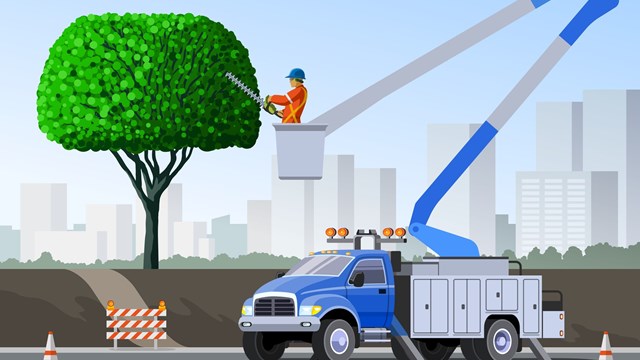

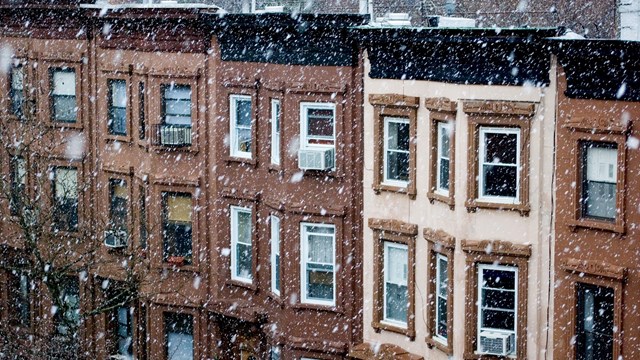
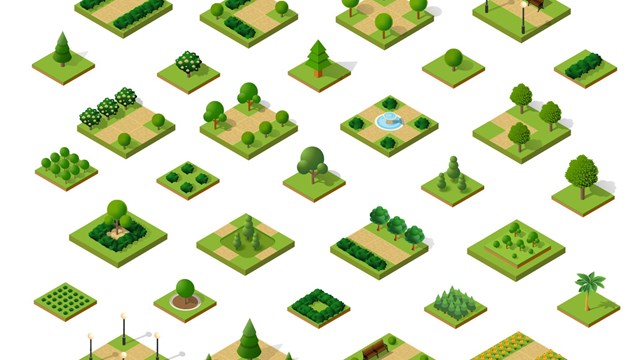

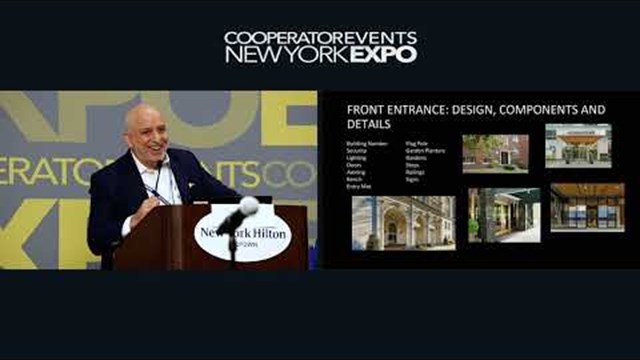
Leave a Comment